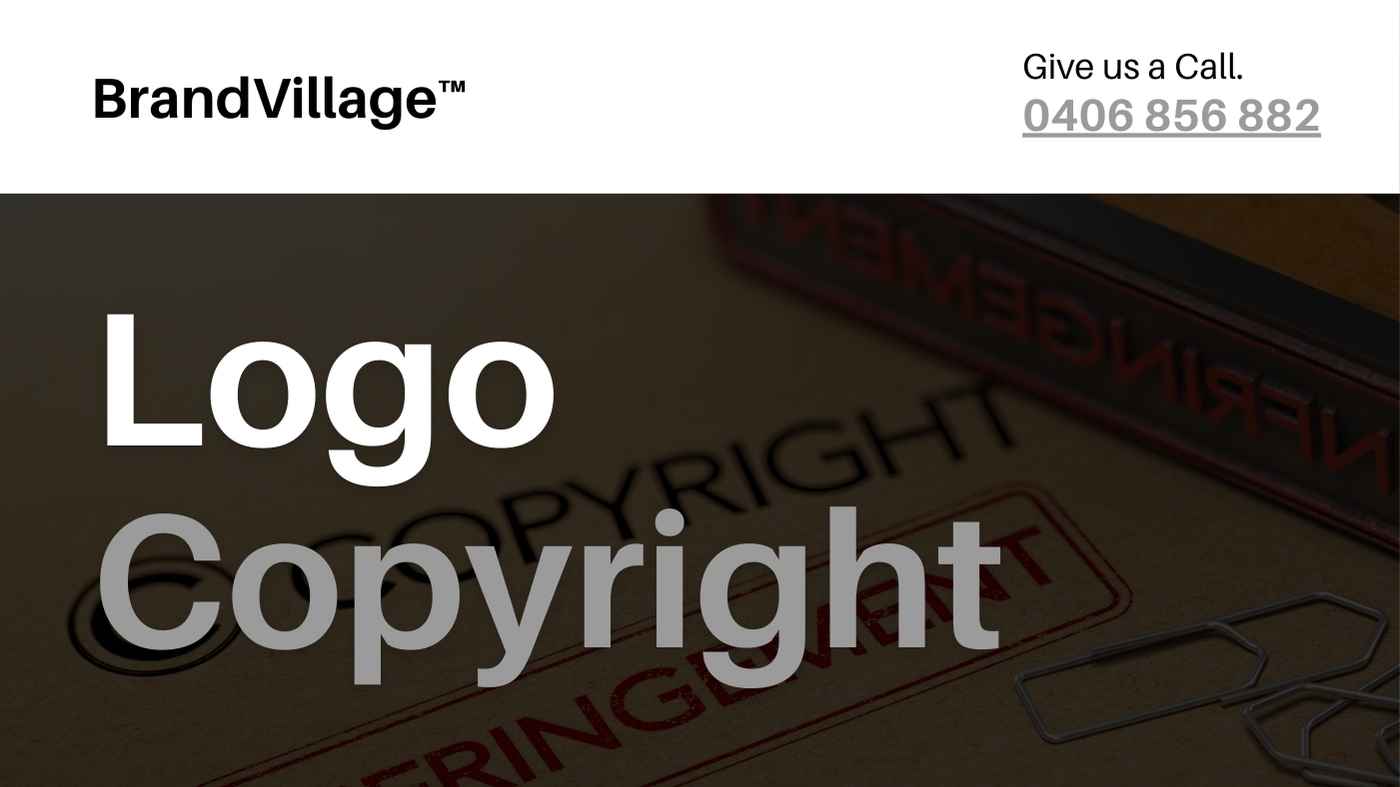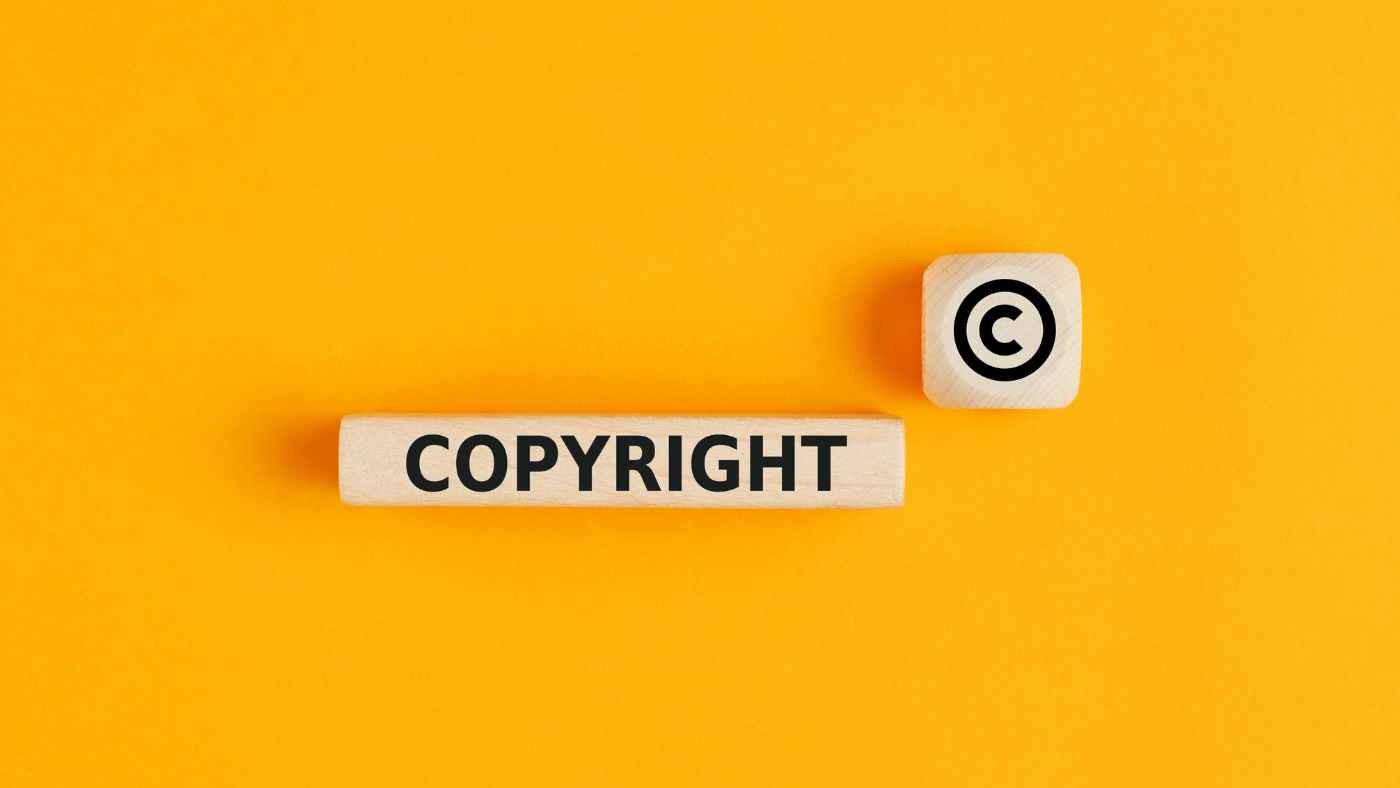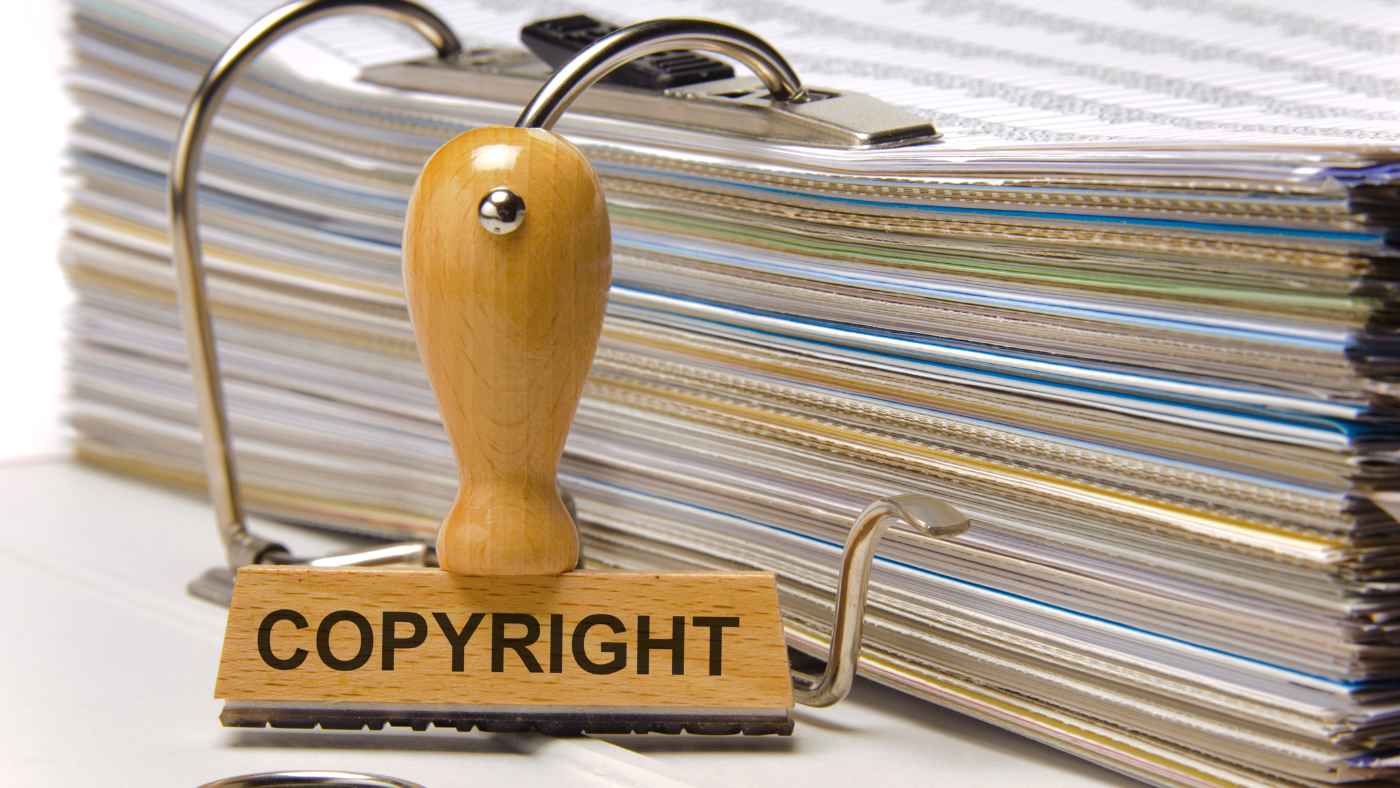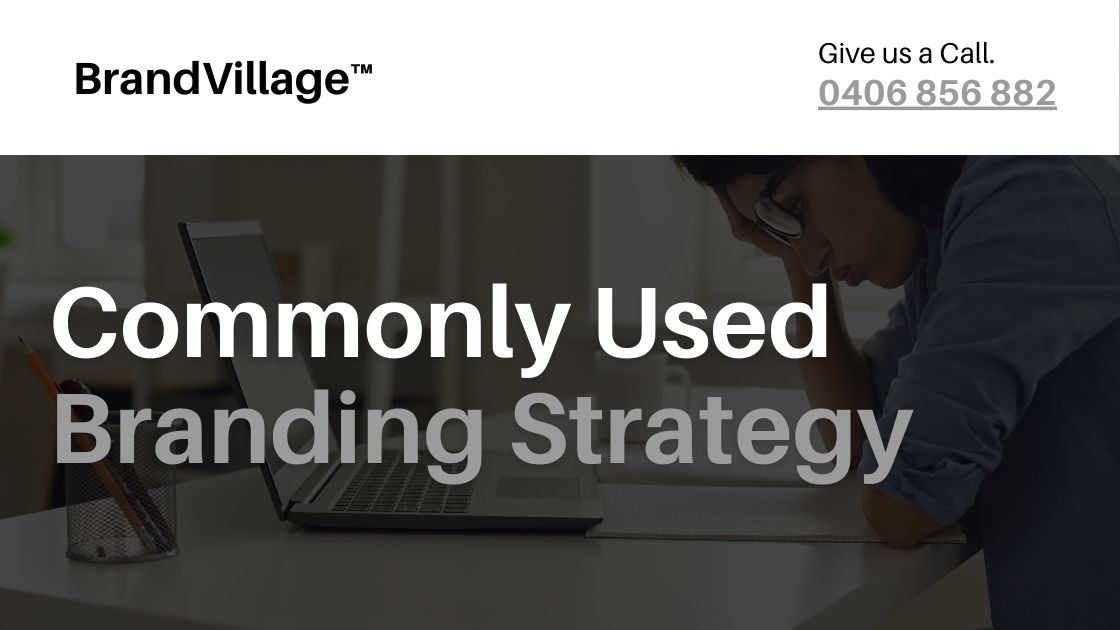How to Protect Your Logo Copyright?

Published: June 10, 2023
When starting a business, you must make numerous choices to market a product or service. You must choose a name for your company, open a store, and create and market products. Assuring adequate protection for your intellectual property, which includes your logo, is minor step with a major impact that is frequently missed.
The logo is the first representation of your brand to the target audience and helps set the brand loyalty, authenticity and reliability of the business. A well-designed logo helps Melbourne-based businesses with global recognition, which also helps with increased traffic and profits, Of Course!
But, after designing the perfect logo for your business, the next and most important step is to protect your brand’s authenticity, which is done through Logo Copyright.
Copyright protection protects your logo. When an idea or creative thought is recorded on paper or electronically, copyright protection is applied automatically in Australia.
When opting for our logo design services in Melbourne at BrandVillage, we give an option to our clients to of logo copyright to help them protect their identity and complete all the processes on our behalf for less hassle on your end!
But, some of the clients are not aware of logo copyright. And this is what motivated us to curate this blog! In this blog below, we will introduce you to the details of logo copyright in Melbourne, its basics and importance for a clear understanding!
Let’s get hooked till the end of this blog to get expert insights into Logo Copyright!
Overview of Logo Copyright – Basics & Importance

When a new work of art is created, creators are automatically given the copyright. These works include but are not limited to music, literature, software, choreography, or works of art.
Your logo can qualify as artwork and come with automatic copyright protection depending on whether it qualifies artwork category under the Copyright Law. You can continue to exercise control over how your creation is used if you hold the copyright to your logo. It indicates that you can sell your logo to third parties or grant them a licence to use it.
Copyright, however, only defends the original work. It does not safeguard the creation’s underlying conceptual framework. Consider writing a screenplay for a movie about a cosmic space romance. Copyright laws will automatically protect the script itself. The script’s main plot, however, will not be copyright protected. To further protect the movie’s name, you need to trademark it.
Copyright is also distinct from property ownership. Although you might physically own a CD or book, unless you also buy the copyright, you won’t own the copyright.
Importance of Protecting Your Logo
Protecting your logo is essential because it’s often the first thing potential customers see and a unique logo can be memorable. It’s a valuable business asset, and securing its copyright ensures you maintain ownership and control.
According to the Australian Copyright Council, logos typically hold copyright as artistic works by their creators, allowing exclusive rights against unauthorised use. This means no one else can use your logo without your permission, protecting your brand’s identity in the marketplace.
Process For Logo Copyright in Melbourne

In Australia, there is no requirement to register for copyright. You might get the copyright if your logo is an original work of art. The Copyright Act of 1968 provides free and automatic copyright protection.
But it is always better to get the trademark for the logo. You have the sole right to use, licence, and sell a mark if you have the trademark. No one else in Australia can use your trademark commercially for the identical products or services you have registered it for.
In Australia, trademark applications must be submitted online through IP Australia. There are several pieces of information you must provide, such as:
- Name of you and/or your business and contact information,
- The trademark’s representation (word, logo, tagline, etc.),
- Description of the products or services covered by it
- ‘Class’ or ‘Category’ of the goods or services you are applying for
- Any portion of your logo written in another language must be translated or transliterated
- You run the danger of not receiving the protection you want if your application is inaccurate (for instance, it should accurately portray the trademark and the goods/services to which it relates).
For the first ten years, a trade mark protects all Australian states and territories. After then, a charge is required to renew it every ten years. You have up to six months after the renewal date or twelve months before it to renew your trademark registration.
How Long Does Copyright Protection Last?
Copyright protection can vary depending on the nature of the material protected by copyright and whether it has been made public. Copyright typically lasts for:
- 70 years for works following the author’s passing
- For sound recordings and films, this period begins 70 years after release.
- It lasts for 50 years after the broadcast for Radio and television shows.
When copyrights lapse, the content enters the public domain and is free to use.
Ownership of Copyright In A Logo
In the following circumstances, the person or business can utilise the logo as the owner of the logo’s copyright:
If The Logo Was Made While You Were Working There
Unless an agreement to the contrary was signed, the employer typically owns the copyright in work generated by an employee while performing work-related duties. Freelancers, independent contractors, and volunteers are exempt from this.
If A Commissioning Arrangement Gives Them Ownership
In general, if someone who is not an employee gets paid to develop a logo (for instance, a freelancer or contractor), that person will possess the copyright to the logo unless they have delegated ownership to someone else (for example, to the client as part of a contract).
A written document that the owner of the copyright signs is required for it to be legally binding. An agreement may be made before creating a work, in which case it has to be signed by the party who would have otherwise owned the copyright.
In general, if a person who is not an employer of yours has hired you to design a logo for them and you have not granted them a copyright, they are free to use the logo for the reasons you both agreed upon when you agreed. They might require authorisation if they intend to use the logo for another reason. The issue is not always black and white, so creating an express agreement is better than relying on the general law’s provisions.
Note – We advise the parties to write a formal agreement outlining who will hold the copyright and what licenses each party will have to use the commissioned work in every instance where a logo is commissioned.
If The Government Designed The Logo Or It Was The First To Use It
A government would be the owner of the copyright of a work if it was produced under the supervision or control of, or originally published by, the Commonwealth, a State, or a Territory government. Local governments are exempt from this rule.
The author may hold the copyright if none of the set circumstances applies. However, in most instances, the user will have substantial control over how the logo is used, and the creator’s rights will be restricted accordingly.
There may be multiple creators and copyright owners in some circumstances. The copyright owner could be a business, like a graphic design firm. A person who provides ideas for a logo but does not design and draw it is typically not considered a creator for copyright purposes and, as a result, does not possess copyright. Similarly, for copyright purposes, a person who only sketches out an image that has already been turned into a completed logo by someone else is not considered the creator.
Trademark or Copyright: What to Opt For?
Copyright protects original works of authorship like books, music, and artwork. It gives the creator exclusive rights to use, reproduce, and distribute their work. Copyright protection is automatic upon creation and does not require registration, though registering can provide legal advantages.
Trademark protects brand identifiers like logos, slogans, and brand names that distinguish goods or services. It requires registration to provide exclusive rights to use the mark for specific products or services and can be renewed indefinitely as long as it’s in use. Trademarks help prevent others from using a similar mark that could confuse.
Typically, registering your logo as a trademark is more advantageous. However, if you created the logo yourself, it may automatically be protected by copyright. Be aware that if a graphic designer creates your logo, the copyright may belong to them unless agreed otherwise. For instance, if a graphic designer creates a logo for your business without an agreement to transfer the copyright, they retain the rights and could potentially sell the logo to other companies. To safeguard your rights, ensure copyright transfer and consider trademarking your logo to protect your brand fully.
Copyright Infringement
Copyright infringement occurs when a ‘substantial part’ of a copyrighted logo is used without permission. This is assessed qualitatively rather than quantitatively, meaning even a small yet distinctive part of the logo can constitute infringement. However, alterations do not exempt infringement; courts will evaluate if key elements have been copied.
Exceptions to Copyright Infringement
- Incidental Use: If a logo appears incidentally in a film or media, it may not constitute infringement.
- Fair Dealing: Copyrighted logos can be used for research, criticism, parody, or news reporting, provided it falls under fair use.
Conclusion
If your designed logo has natural aesthetic qualities, you already have copyright protection.
BrandVillage is the leading design agency in Melbourne. BrandVillage has distinguished itself from other agencies by fusing science and art and expanded swiftly. We create aesthetic and unique logos that compliments your business. Moreover, our logo design experts in Melbourne only help with the copyright logo.
Still, worried about how logo copyright works and whether you must have it for your business in Melbourne or not?
Worry no more, and connect with the logo design experts in Melbourne at BrandVillage for the details. We are waiting to hear from you!
Frequently Asked Questions
1. Can I Copyright a Logo Inspired by Others?
Yes, you can copyright a logo inspired by others, provided it’s sufficiently original. While many designers draw inspiration from existing logos, ensuring your logo does not closely resemble another brand’s is crucial. The key is modifying your design significantly to establish uniqueness. You should be able to defend the originality of your logo in any legal challenge.
2. How long does the trademark process for a logo take?
Trademarking a logo typically takes several months to over a year, depending on the complexity and any objections that might arise.
3. Can I trademark a logo by myself?
Yes, you can apply for a trademark on your own, but it is recommended that you consult a trademark attorney to navigate the process correctly and efficiently.
4. What are the costs involved in trademarking a logo?
The cost of trademarking a logo varies by country but generally involves an application and possibly legal fees if you hire an attorney.
5. Can a logo be copyrighted as well?
Yes, a logo can be copyrighted if it contains original artistic or graphic elements. Copyright protection is automatic upon creation.
6. Is it possible to trademark a business name?
Yes, business names can be trademarked to protect the brand identity within the marketplace, provided they meet certain criteria for uniqueness and distinctiveness.
7. Is copyright protection automatic?
In Australia, copyright protection is automatically granted upon creation of the work.
8. How do I register a trademark in Australia?
To register a trademark, submit an application to IP Australia and await their review. This may involve further information requests before approval.
Articles.

July 2024
What is a Website Hosting Service?
Did you know that 88% of web users abandon sites due to poor performance? Also,...

July 2024
What is Branding in Marketing?
Branding sets a business apart, influencing: 34.6% of shoppers to repurchase 89% buy from...

July 2024
7 Commonly Used Branding Strategy
In Melbourne’s vibrant and ever-evolving market, a strong brand is no longer an option;...